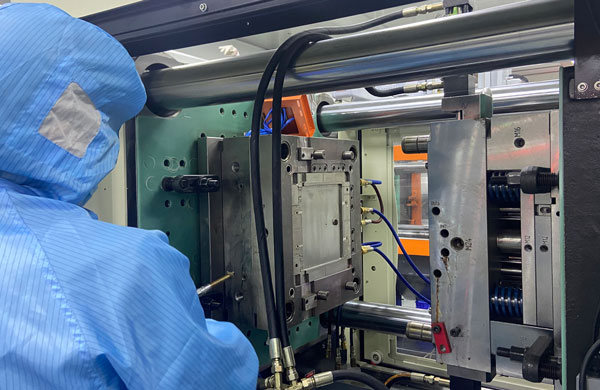Injection molding, as a mainstream technology in the field of plastic product processing, is highly valued for its efficiency and flexibility. However, short shot issues often plague manufacturers during the production process, affecting the completeness and quality of the products. So, what are the causes of short shot in injection molding? This article delves into four major types.
Raw Material Issues: Quality is the Foundation, Not to be Ignored
Raw materials serve as the basis for injection molding, and their quality directly impacts the success of the products. When raw materials are of poor quality, have poor flowability, or contain impurities, short shot problems may arise. Uneven particle size distribution, excessive moisture content, or the presence of other foreign matter can severely impair their flowability, making it difficult for the plastic material to fully fill the mold cavity, thereby causing short shot.
Injection Molding Parameters: Precise Settings are Crucial
The setting of injection molding parameters is a key aspect in ensuring product quality. Excessively fast injection speed, low injection pressure, or insufficient injection time and volume can all be the "culprits" of short shot. Improper settings of these parameters can hinder the filling process of the plastic material in the mold cavity, leading to short shot.

Mold Issues: Reasonable Design and Precision Manufacturing
The mold, as the "template" for injection molding, directly affects the shape and size of the product. If the mold design is unreasonable, the manufacturing precision is not high, or it is severely worn or has other defects during use, it may prevent the plastic material from fully filling the mold cavity, causing short shot.
Equipment Issues: Stability and Reliability are the Basis for Production
The injection molding machine, as the core equipment for injection molding, directly affects the smooth progress of the production process. If the injection molding machine has faults, is aging, or its control system is unstable or has other hidden issues, it may affect the filling process of the plastic material in the mold cavity, leading to short shot.
In summary, the issue of short shot in injection molding is not caused by a single factor, but rather by the combined effects of raw materials, injection molding parameters, molds, and equipment. To effectively address the problem of short shot, manufacturers need to control raw material quality, set injection molding parameters reasonably, optimize mold design and manufacturing precision, and regularly inspect and maintain equipment. Only by comprehensively applying these measures can the occurrence of short shot be effectively reduced, improving product quality and production efficiency, and injecting new vitality into the sustained development of the injection molding industry.